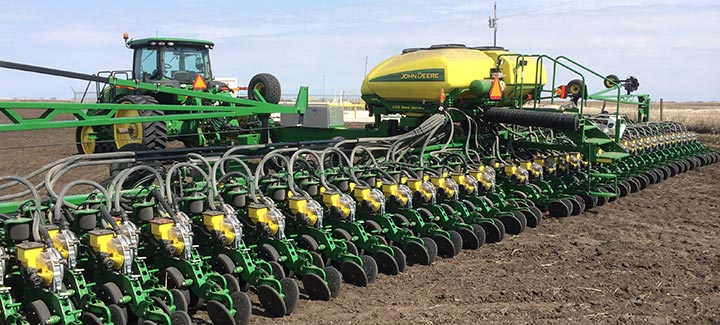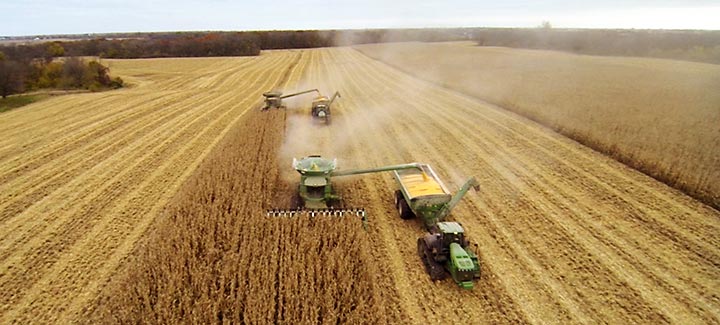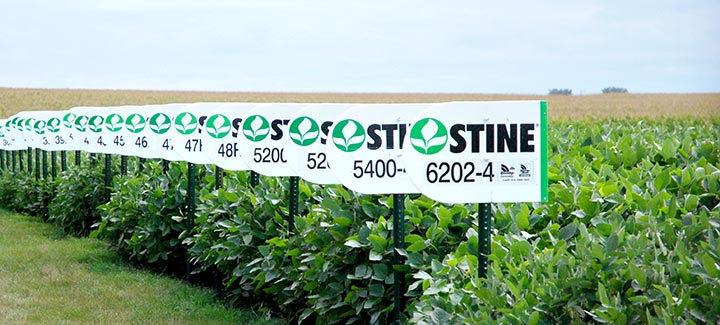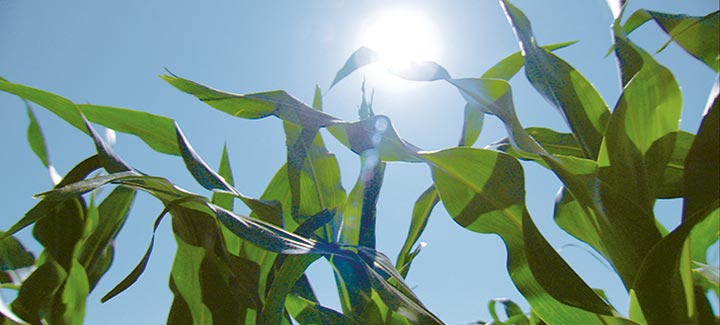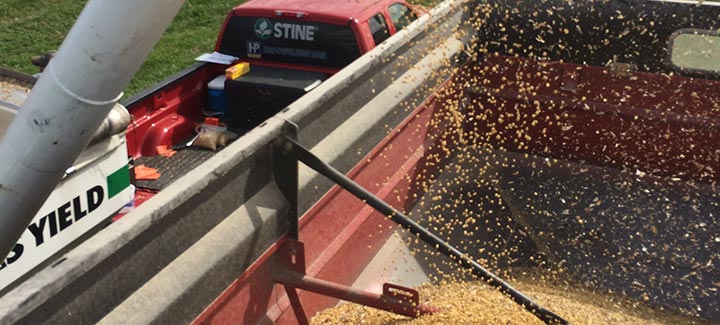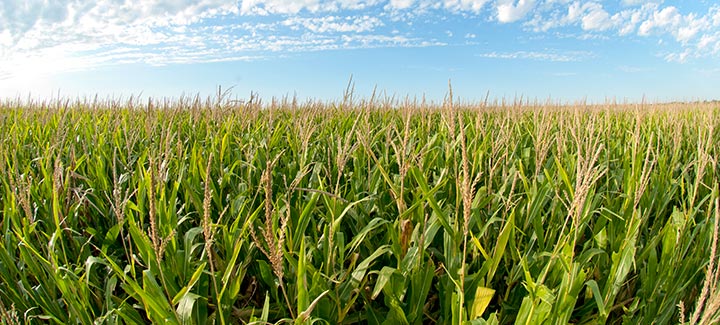Stine Seed Blog
Stine’s Ask the Agronomist blog is your source to the latest information from our expert team, including advice and insight on field practices, product recommendations, planting and harvest updates, new technologies, crop management, innovative research and information about how to keep your farm operation running smoothly year round.
-

Stine Shifts All Research Planters to Twin 20s System
March 2015 in Agronomy
-

Tricks of the Trade: Lessons Learned from 2014 HP Corn Harvest Lead Way for Future Yield Gains
March 2015 in Agronomy
-

Schools Benefit from Program to Help Grow Farming Communities
March 2015 in Agronomy
-

Stine's 2015 Lineup
February 2015 in Agronomy
-

Stine LibertyLink Soybeans
January 2015 in Agronomy
-

Understanding Stine’s Elite Yield Trials
December 2014 in Agronomy
-

World Soil Day: There’s More to Soil Than Dirt
December 2014 in Agronomy
-

HP Corn: Early Canopy Offers Added Benefits
October 2014 in Agronomy
-

2014 Harvest Roundup
October 2014 in Agronomy
-

Take Final Notes Before the Combine Runs
September 2014 in Agronomy
-

Stine Catalog Complete with Best Products on the Market
August 2014 in Agronomy
-

Chemicals for Weed Control
June 2014 in Agronomy

